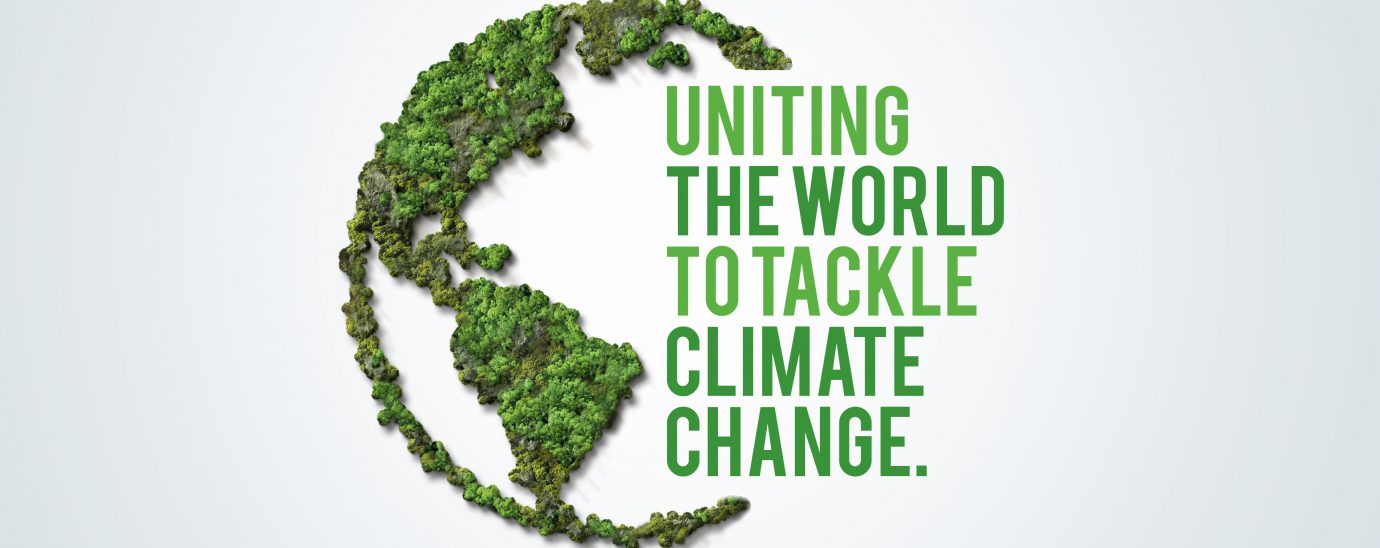What you need to know from Science and Innovation at COP26

Science and Innovation is an essential part of finding solutions to limit the global temperature rise to 1.5°C. Day 9 of the COP26 demonstrated the various science and Innovation that can deliver urgent climate action. Throughout the day, several big announcements could positively impact the world’s net zero goals.
Here are the key announcements made on day 9:
1. 23 nations join cleantech ‘missions’
23 nations, including China, India, the UK and the US, have announced plans to accelerate their cleantech investments. This comes under the platform ‘Mission Innovation’, which was convened at COP21 in Paris and had financial backing from Bill Gates and the World Economic Forum. ‘Mission Innovation’ aims to make cleantech within the hard-to-abate sectors more affordable, easier to access, and more attractive than their higher-carbon equivalents.
“Mission Innovation mobilises governments to operate with a clear, collective voice, and helps the public sector to work together dynamically with the private sector to develop and scale-up clean energy solutions,” said the European Commission’s vice-president Frans Timmermans. “Together with sharp emissions reductions, Innovation gives us a path towards the Paris Agreement. We can make clean technologies more accessible for all and provide a platform for all countries to reach net zero” added Timmermans.
This agreement adds to the existing plans by; introducing new workstreams on low-carbon cities, decarbonising heavy industrial sectors, scaling up renewable fuels, decarbonising the chemicals sector, producing renewable materials, and scaling up man-made carbon capture technologies.
2. A new focus on low-carbon construction
In a report by the World Business Council for Sustainable Development (WBCSD), less than 1% of building projects currently account for lifecycle carbon impacts. The report goes on to say that the built environment is responsible for around 40% of global emissions and the industry will need to reduce emissions by 50% by 2030 in order to be able to meet net zero by 2050.
On day 9, the Industrial Deep Decarbonisation Initiative (IDDI) was launched, consisting of nations, including Germany, India, and the UK. These countries have committed to disclosing the represented carbon in the major public construction projects by 2025.
3. AI to assist in delivering net zero goals
On day 9 of COP26, The Global Partnership on Artificial Intelligence (AI) was published to guide governments on implementing AI to deliver their net zero changes. With the very short timeline on which the world needs to change to address climate change, it has become essential to accelerate the deployment of new technology across various sectors. In the Global Partnership on AI Report, the authors have proposed that governments can take leadership in supporting the use of AI to address climate change by:
- Fostering the responsible development of and access to data and digital infrastructure — e.g., relevant data, simulation environments, testbeds, model libraries, and computational hardware — that can support the development and adoption of AIfor-climate applications.
- Targeting research and innovation funding to enable interdisciplinary and cross-sectoral work at the intersection of AI and climate change that is guided by climate impact.
- Supporting deployment and systems integration of AI-for climate applications via targeted policy design and evaluation, market design, and business models, including within highly regulated sectors such as energy, transportation, agriculture, and heavy industry.
4. Draft negotiations document is now available.
President of COP26 Alok Sharma announced that the first draft paper will become available overnight on 9 November. As the new day breaks, there is already comments flying around that it is not good enough.
Jennifer Morgan, Executive Director of International tweeted that “the new draft final decision text published today is not a plan to solve the climate crisis, it’s an agreement that we’ll all cross our fingers and hope for the best. It’s a polite request that countries maybe, possibly, do more next year. That’s not good enough.” She added that “Negotiators shouldn’t even think about leaving Glasgow until they’ve agreed on a deal that meets the moment. Because most assuredly, this one does not.”
READ MORE:
- Key takeaways from day 3 of COP26
- Jeff Bezos pledges US$2bn at the UN climate conference COP26
- Pledging to turn the tide on climate change – How Connected Kerb is working to accelerate the mission of COP26
- The pledges from COP 26 so far
Euro News provided a summary of what was announced in the first draft paper:
- The draft released this morning highlights “alarm and concern” about global warming while continuing to call on the world to cut about half of its emissions of heat-trapping gases by 2030.
- But it doesn’t provide specific agreements on the three major goals that the UN set going into the negotiations.
- The draft mentions the need to cut emissions by 45% by 2030 from 2010 levels and achieve “net zero” by mid-century.
- It urges countries to “accelerate the phasing out of coal and subsidies for fossil fuels” but makes no explicit reference to ending the use of oil and gas.
- The draft also acknowledges “with regret” that rich nations have failed to live up to their pledge of providing $100 billion (€86 billion) a year in financial help by 2020 to help developing nations cope with global warming.
- The draft reaffirms the goals set in Paris in 2015 of limiting warming to 2 degrees Celsius since pre-industrial times, with a more stringent target of trying to keep warming to 1.5C preferred.
- Highlighting the challenge of meeting those goals, the document “expresses alarm and concern that human activities have caused around 1.1 C of global warming to date and that impacts are already being felt in every region.”
- The draft calls on nations that don’t have national goals that would fit with the 1.5 or 2C temperature rise limits to come back with stronger targets next year.
- In a nod to one of the key issues for poorer countries, the draft vaguely “urges” developed nations to compensate developing countries for “loss and damage.” The idea has faced resistance from wealthy nations.
Read the full draft decision here.
For more news from Top Business Tech, don’t forget to subscribe to our daily bulletin!
